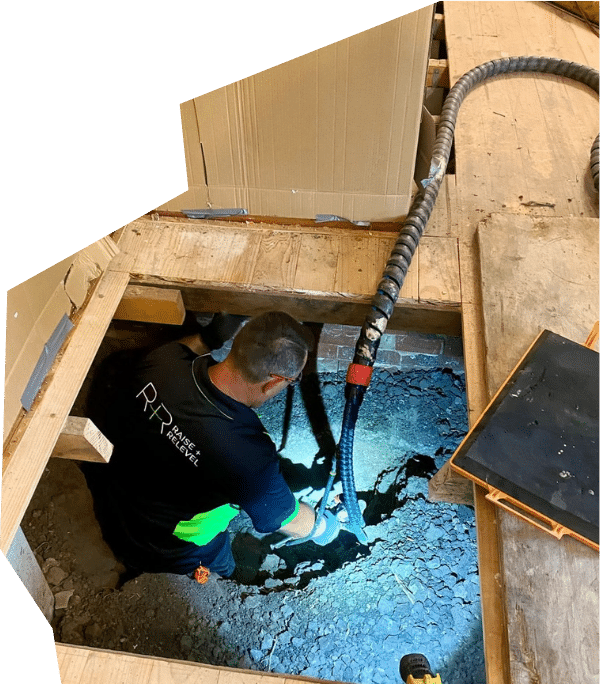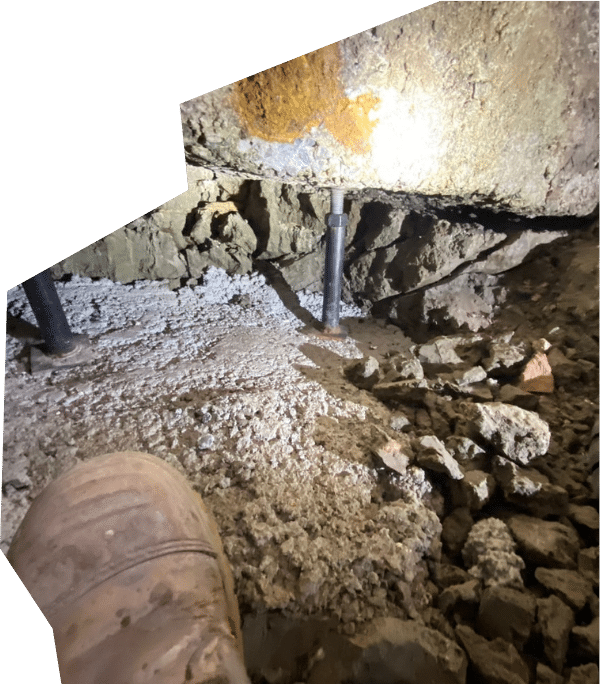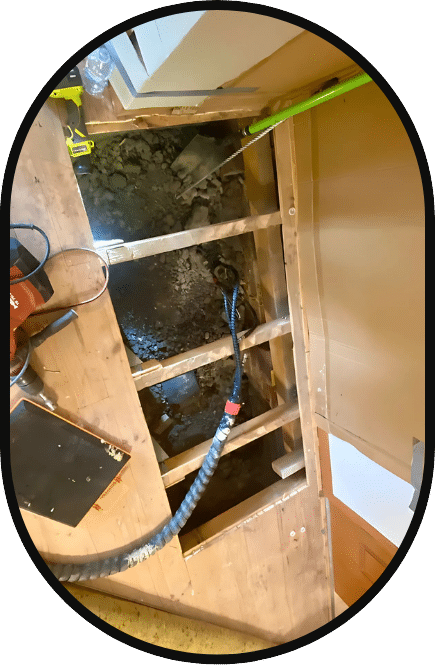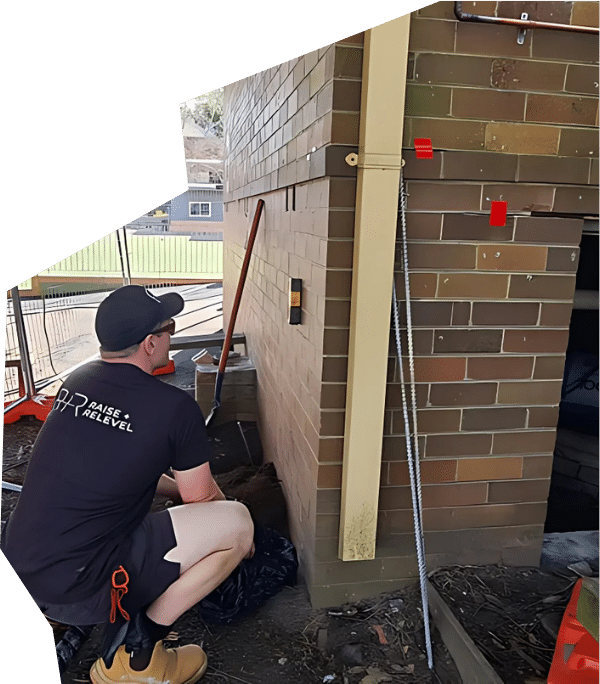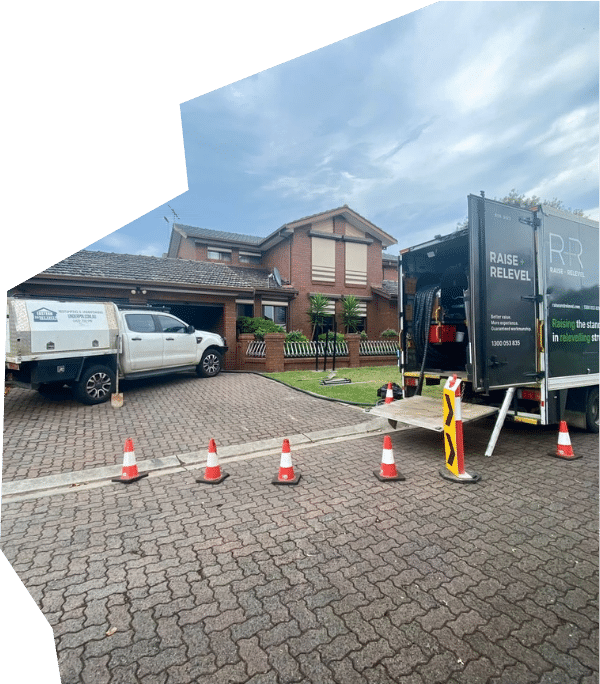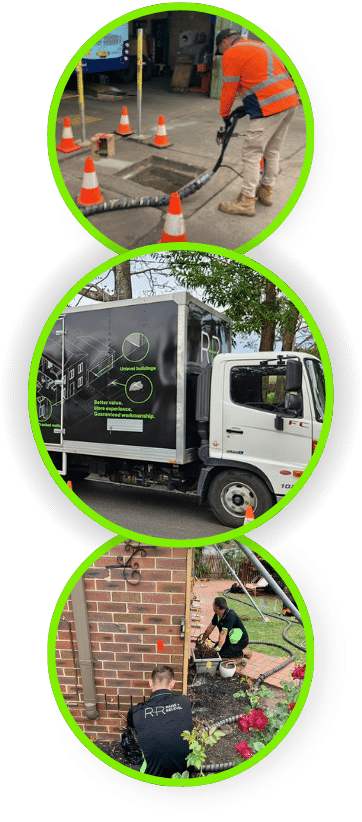Underpinning is a specialised construction process to strengthen and stabilise a building’s foundation. This technique involves extending the foundation to a more stable soil layer or distributing the building’s load over a larger area to enhance its load-bearing capacity.
A foundation’s integrity can be impacted by several things. These include erosion, subsidence, broken services that lead to water saturation, poorly designed foundations, large trees on the property, or even drought conditions. When these problems appear, underpinning becomes necessary to prevent further damage and guarantee structural safety.
The three primary methods of underpinning are:
- Polyurethane Resin Injection: The contemporary method injects polyurethane resin into the earth around the shaky foundation. Resin’s expanding qualities force the soil to be dynamically compressed and fill spaces beneath the footings, boosting its bearing capacity.
- Concrete Footings: This age-old technique involves building new footings that are deeper than the current foundation to provide stability and limit mobility.
- Screw-Pile: This technique uses a more secure soil basis using steel piers next to the current concrete footings. Jacked up to its original position, the building can be sealed up to eliminate any gaps or fractures.

